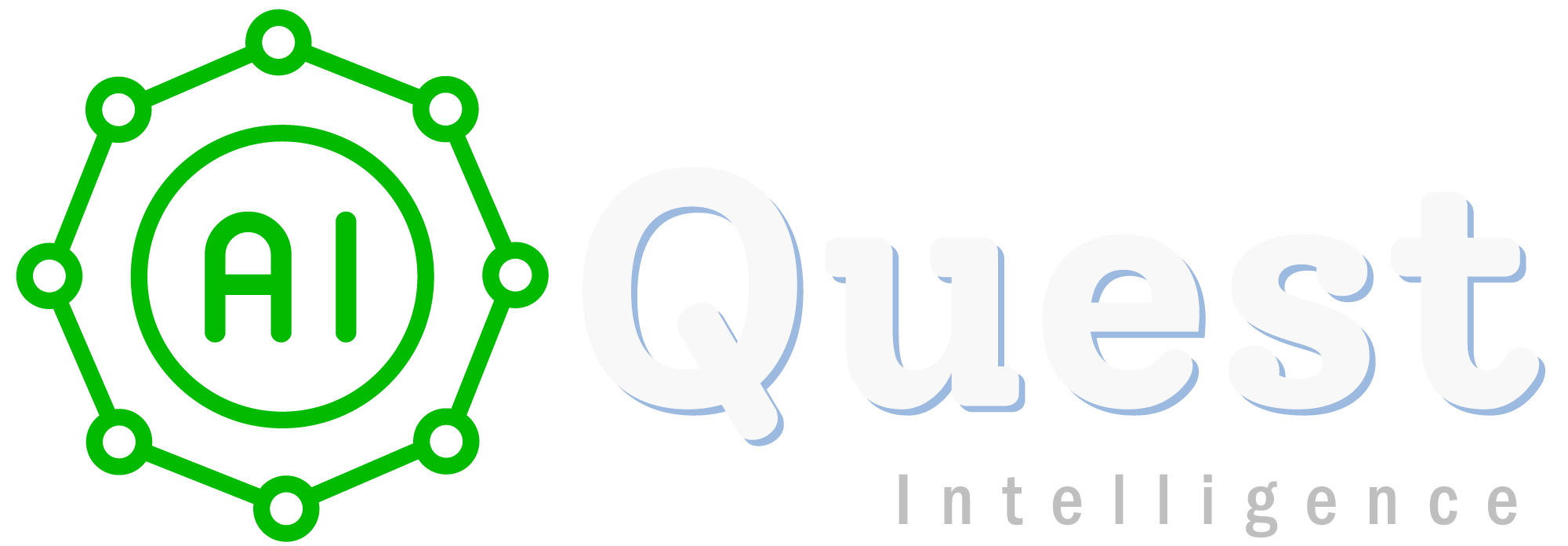Becoming a data scientist without a computer science (CS) degree is possible by following a structured self-learning path and gaining practical experience. While a CS degree can provide a strong foundation in programming and computer systems, it is not the only path to a career in data science. Data science is an interdisciplinary field that combines elements of mathematics, statistics, programming, and domain expertise. Here is a step-by-step guide along with some examples and tools to consider:
- Learn Programming Languages:
- Python: First you should learn the basics of Python programming language. It is widely used in the data science community due to its simplicity and powerful libraries and packages like Pandas, Seaborn, Plotly, Sklearn, Keras, TensorFlow, PyTorch, CNTK, Theano, and so on.
- Learning Resources: Start with Python by taking courses like 60 Days of Python or Python with problem-solving from aiQuest Intelligence.
- Build a Strong Foundation in Mathematics and Statistics:
- Learn the basics of linear algebra, calculus, and probability theory. These concepts are essential for understanding machine learning algorithms.
- Learning Resources: Take online courses like Statistics Fundamental on YouTube or Khan Academy’s linear algebra course.
- Master Data Manipulation and Analysis:
- SQL: Learn to write queries to extract and manipulate data from relational databases.
- Python Libraries: Familiarize yourself with pandas for data manipulation and analysis.
- Learning Resources: Practice SQL with online platforms like Mode Analytics or take a course on SQL for Data Science from aiQuest Intelligence.
- Understand Machine Learning Algorithms and Concepts:
- Study supervised and unsupervised learning algorithms, EDA, model evaluation, feature selection techniques and optimizations, and so on.
- Learning Resources: Take the Data Science and Machine Learning with Python course on aiQuest Intelligence or the “Introduction to Machine Learning with Python” book by Andreas Müller and Sarah Guido.
- Understand Deep Learning Algorithms and Concepts:
- Mastering deep learning algorithms and concepts can open doors to exciting opportunities in the field of artificial intelligence. Deep learning, a subset of machine learning, has revolutionized industries ranging from computer vision to natural language processing. Here is a concise guide to understanding deep learning: Firstly, grasp the basics of neural networks, which serve as the foundation of deep learning. Gain insights into their structure, layers, and activation functions. This knowledge will enable you to comprehend how data flows through these networks during the learning process.
- Next, dive into different deep learning architectures. Convolutional Neural Networks (CNNs) excel in image processing, while Recurrent Neural Networks (RNNs) are ideal for sequential data analysis. Generative Adversarial Networks (GANs) enable the creation of new content. Understand their purposes, applications, and intricacies to harness their power effectively.
- To put your knowledge into practice, familiarize yourself with popular deep learning frameworks like TensorFlow, PyTorch, or Keras. These frameworks provide comprehensive tools and functionalities for building, training, and evaluating deep learning models.
- Take the hands-on approach by working on projects that apply deep learning techniques. Start with simpler tasks and progress to more complex challenges. Projects such as image classification, object detection, text generation, and natural language processing will help you gain practical experience and reinforce your understanding.
- Stay abreast of the latest research and advancements in the field. Follow research papers, attend conferences, and engage with influential researchers. This will keep you updated on cutting-edge architectures, techniques, and trends in deep learning.
- Optimizing deep learning models is crucial for achieving optimal performance. Learn about hyperparameter tuning, regularization techniques, and optimization algorithms. Experiment with different configurations to fine-tune your models and improve their accuracy.
- Lastly, actively engage with the deep learning community. Join online forums, platforms, and social media groups dedicated to deep learning. Collaborate with fellow enthusiasts, share your projects, seek feedback, and learn from others’ experiences. This interactive environment will enhance your knowledge and foster a supportive network.
- Learning Resources: Take the Deep Learning for Computer Vision and NLP with Python course on aiQuest Intelligence or the “Introduction to Machine Learning with Python” book by Andreas Müller and Sarah Guido.
- Gain Practical Experience:
- Work on personal projects using real-world datasets to apply your knowledge and gain hands-on experience.
- Participate in Kaggle competitions to solve data science challenges and learn from the community.
- Learning Resources: Analyze a dataset of your interest, build predictive models, and present insights and visualizations based on your findings.
- Learn Data Visualization:
- Explore libraries like Matplotlib, Plotly, and Seaborn in Python to create informative and visually appealing visualizations. Learn PowerBi for industry-oriented work.
- Learning Resource: Become a Data Analyst course is enough!
- Stay Updated with the Latest Tools and Techniques:
- Follow data science blogs, join relevant online communities, and participate in forums like Kaggle and Reddit.
- Stay updated on emerging tools and frameworks like TensorFlow or PyTorch for deep learning.
- Example: Follow influential data science blogs such as Towards Data Science, KDnuggets, or DataCamp Community.
- Build a Portfolio:
- Showcase your projects, code, and data science skills through a portfolio website or GitHub repository.
- Highlight your contributions to open-source projects, Kaggle competitions, or any relevant industry experience.
- Example: Create LinkedIn and a GitHub repository with detailed project descriptions, code, and visualizations to demonstrate your skills and expertise.
10. Practice, Practice & Practice and Apply for the job:
- You can watch some tips on data scientist interviews on YouTube.
Remember that continuous learning and practice are crucial for success in the data science field. While the tools mentioned above provide a starting point, it’s important to adapt and learn as the industry evolves. Networking, attending meetups, and seeking mentorship from experienced data scientists can also help in your journey toward becoming a data scientist without a Computer Science (CS) degree.
Author:
.

